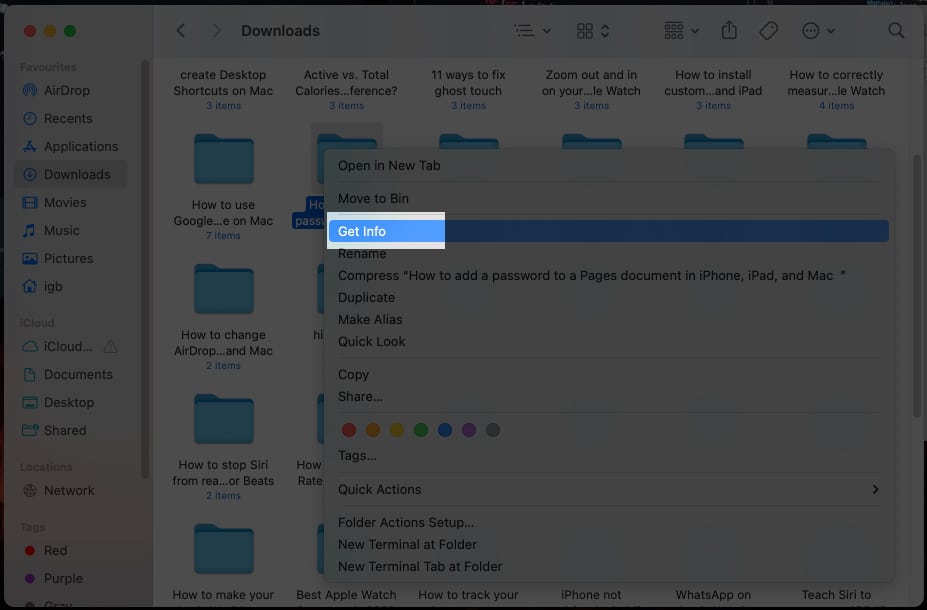

- #Get file path in mac how to#
- #Get file path in mac install#
- #Get file path in mac archive#
- #Get file path in mac full#

" This is due to the new privacy protections in Mojave discussed above.
#Get file path in mac full#
Out of the box VS Code adds actions to navigate in editor history as well as the full Debug tool bar to control the debugger on your Touch Bar:Īfter upgrading to macOS Mojave version, you may see dialogs saying "Visual Studio Code would like to access your. Note: Since zsh became the default shell in macOS Catalina, run the following commands to add VS Code to your path: cat > ~/.zprofile # Add Visual Studio Code (code) export PATH=" \$ PATH:/Applications/Visual Studio Code.app/Contents/Resources/app/bin" EOF Touch Bar support Remove the leading slash if you want to run the export command directly in a terminal. Note: The leading slash \ is required to prevent $PATH from expanding during the concatenation.

To do so run the following commands: cat > ~/.bash_profile # Add Visual Studio Code (code) export PATH=" \$ PATH:/Applications/Visual Studio Code.app/Contents/Resources/app/bin" EOF Instead of running the command above, you can manually add VS Code to your path,
#Get file path in mac install#
bash_profile (or equivalent) from an early VS Code version, remove it and replace it by executing the Shell Command: Install 'code' command in PATH command. Note: If you still have the old code alias in your. ' in any folder to start editing files in that folder.
#Get file path in mac archive#

(You can also double-click on a folder or subfolder displayed in the path bar to open that folder and see its contents in the main part of the window.) The option for showing or hiding the path bar is under the Finder’s own View menu. Click an item in your results list to see the location of the file and its enclosing folders in the path bar at the bottom of the Finder window. You can narrow your search with the window’s drop-down menu, which lets you filter by file type and other criteria. When the Finder window opens, enter your keywords in the search box in the upper-right corner. To search for a file using Finder, click the Mac’s desktop background and press the Command and F keys on the keyboard you can also get there by clicking the File menu on the Mac’s toolbar and selecting Find. You can search for files by name, kind, size, date or even keywords within a file’s content. Apple’s annual updates to its OS X operating system often bring changes to the way the software functions, but in OS X 10.11 (El Capitan), you can still search for files using either the desktop Finder or the Spotlight tool. How can I search for files and folders in this version of OS X?Ī.
#Get file path in mac how to#
I knew how to do it in OS X 10.9, but my computer is now upgraded to OS X 10.11 and the instructions I have don’t work anymore. I am trying to figure out how to find the folders on my Mac that hold certain documents.


 0 kommentar(er)
0 kommentar(er)
